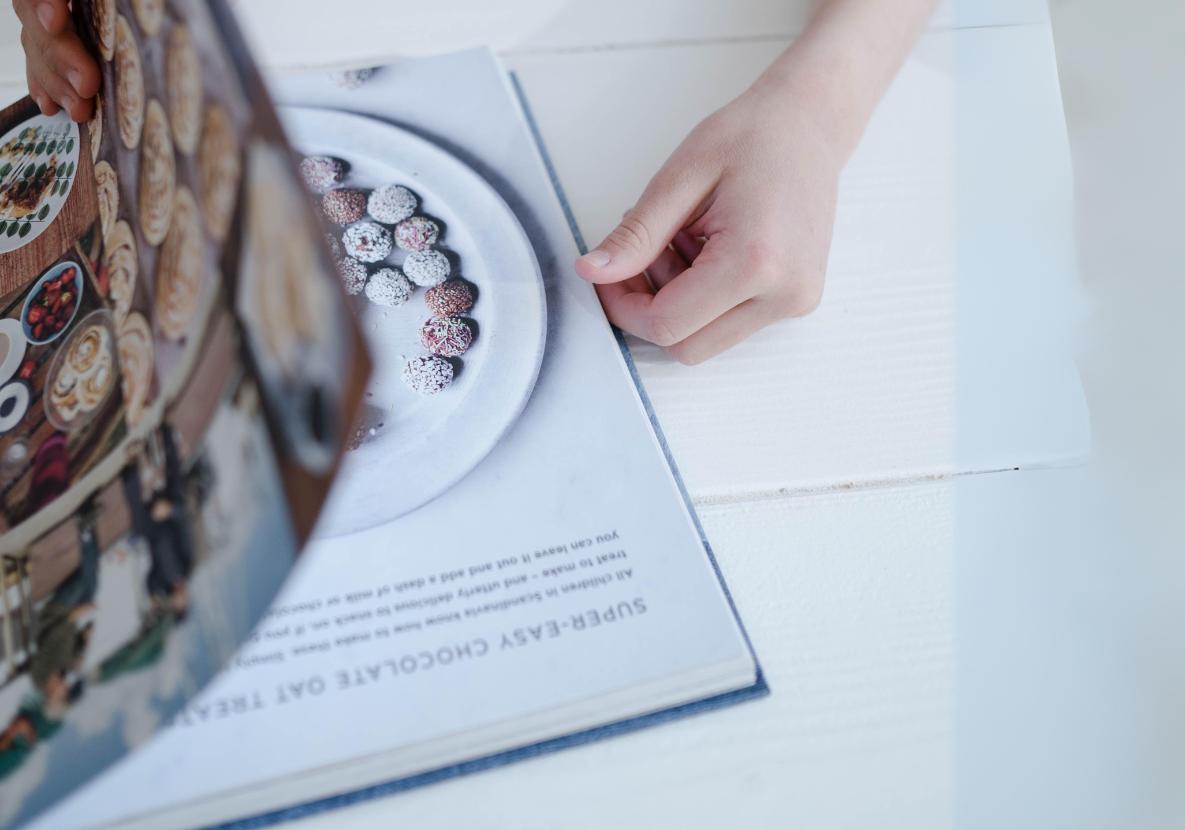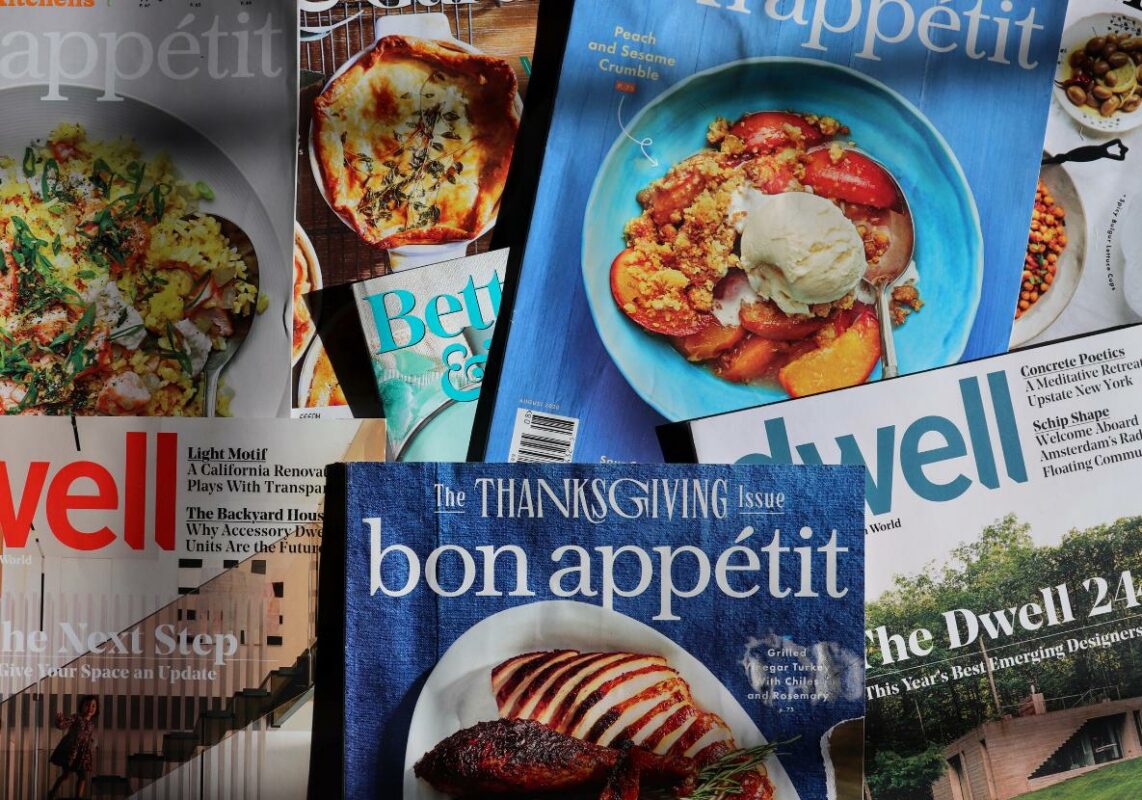Crafting Your Ideal Cookbook
Creating a cookbook is an exciting journey of culinary exploration. It’s an opportunity to share your love of food and your family’s delicious recipes and showcase your cooking style. It’s not just about listing down classic recipes but the art of weaving a story that connects food, memories, tradition, and passion.
Every culinary genius or homemaker has a unique cookbook in their mind. For some, it’s a spread of family secret recipes passed down generations, while for others, it’s a collection of gourmet culinary escapades. No matter what your story is, we’re here to guide you on how to craft it into a remarkable and beautiful book.



The Essentials of a Cookbook
On the surface, a cookbook might seem to be merely a collection of all-new recipes, but in reality, it is much more than that. A versatile cookbook contains not only recipes but also stories, cooking tips, and stunning food photographs. A proper cookbook should inspire an individual to celebrate their love for food.
On a practical note, a clear list of ingredients, step-by-step instructions, serving size, and nutritional information are some of the crucial elements. A bonus would be food pairing tips, alternate ingredient suggestions, and kitchen hacks for a comprehensive cooking guide.
Selecting and Organising Recipes
A cornerstone of any cookbook is the selection and organisation of recipes. Include a diverse range of food recipes to cater to a vast palette. Remember, it’s not just about main courses but appetizers, desserts, salads, drinks, and more.
Divide the recipes based on meal courses, cuisine types, or dietary preferences. This organisation makes it easy for the reader to navigate. Always include your personal favourites or your go-to recipes for a personal touch.



Perfecting Your Recipes
Before publishing your cookbook, it’s essential to perfect your recipes. The credibility of your cookbook relies on the success of your recipes. Viewers will only come back for more if they find your recipes enjoyable to make and delicious to taste.
Be it a traditional recipe that your family swears by or a new concoction that you stumbled upon, make sure they’re tested and re-tested before being documented in your cookbook. The devil is in the details, so be clear about measurements, cooking times, and specific steps.
Importance of Recipe Testing
Testing your recipes is crucial to ensure their success. It eliminates any ambiguity in the cooking process and reduces the room for error.
Recipe testing is your safety check before publishing. Never underestimate its importance. Remember, your readers will place their trust in you and your cooking guidance, so make sure every recipe in your cookbook delivers.



The Art of Cookbook Design
<p>The design of your cookbook plays an important role in its appeal. A well-designed cookbook is a feast for the eyes. It is an invitation to a delightful culinary experience. The right design can amplify the appeal of your recipes.
Pay attention to the layout, typography, graphics, and images. A cookbook with a pleasant design will make your readers’ cooking experience more enjoyable. A blend of aesthetic appeal and functionality is what you should aim for.
Choosing the Right Design Software
Selecting the right design software is crucial for your cookbook’s look and feel. A variety of software options like Adobe InDesign, Canva, or Blurb are available in the market. Each offers a unique set of features and tools. Choose one that complements your design skill level and meets your design requirements. User-friendly interface, vast template library, and customisation tools are some of the factors to consider while making your choice.
Understanding Cookbook Binding
One often overlooked yet important factor in crafting a cookbook is its binding. The binding of your cookbook not only contributes to its durability but also impacts its usability in a kitchen environment. You want your book to lay flat when open and withstand the wear and tear of a busy kitchen.
The three common types of cookbook bindings are spiral binding, comb binding, and perfect binding. Each has its pros and cons, and you must consider your cookbook’s purpose, budget, and design before making a choice.



Exploring Perfect Binding
Perfect binding is the method often used for paperbacks and softcover books. It gives your book a neat and professional finish. Unlike spiral and comb binding, it allows for printing on the spine of the book.
Perfect binding is usually a good choice for cookbooks because of its durability and laid-back elegance. However, it might not lay flat when open, which can be a drawback in a kitchen scenario.
Inspirational Cookbook Examples
When creating your cookbook, it’s important to draw inspiration from successful cookbook examples. They can give you a sense of what works in terms of recipe selection, design, photography, and the overall narrative. Take a look at the diverse range of cookbooks – from celebrity chef’s cookbooks to community cookbooks, from exotic world cuisine compilations to dietary-specific ones. Each of them offers a unique perspective and can provide valuable insights.
Successful and Inspirational Cookbooks
Some iconic cookbooks that inspire budding authors include ‘Mastering the Art of French Cooking’ by Julia Child, ‘The Joy of Cooking’ by Irma S. Rombauer, and ‘The Moosewood Cookbook’ by Mollie Katzen. These books have withstood the test of time and continue to be used and loved by generations.



Exploring these successful cookbooks can offer you both motivation and practical tips. Pay attention to their recipe organisation, design layout, engaging content, and personal narratives. Your cookbook, too, can join the league of these legendary cookbooks with your unique perspective and passion for cooking!





